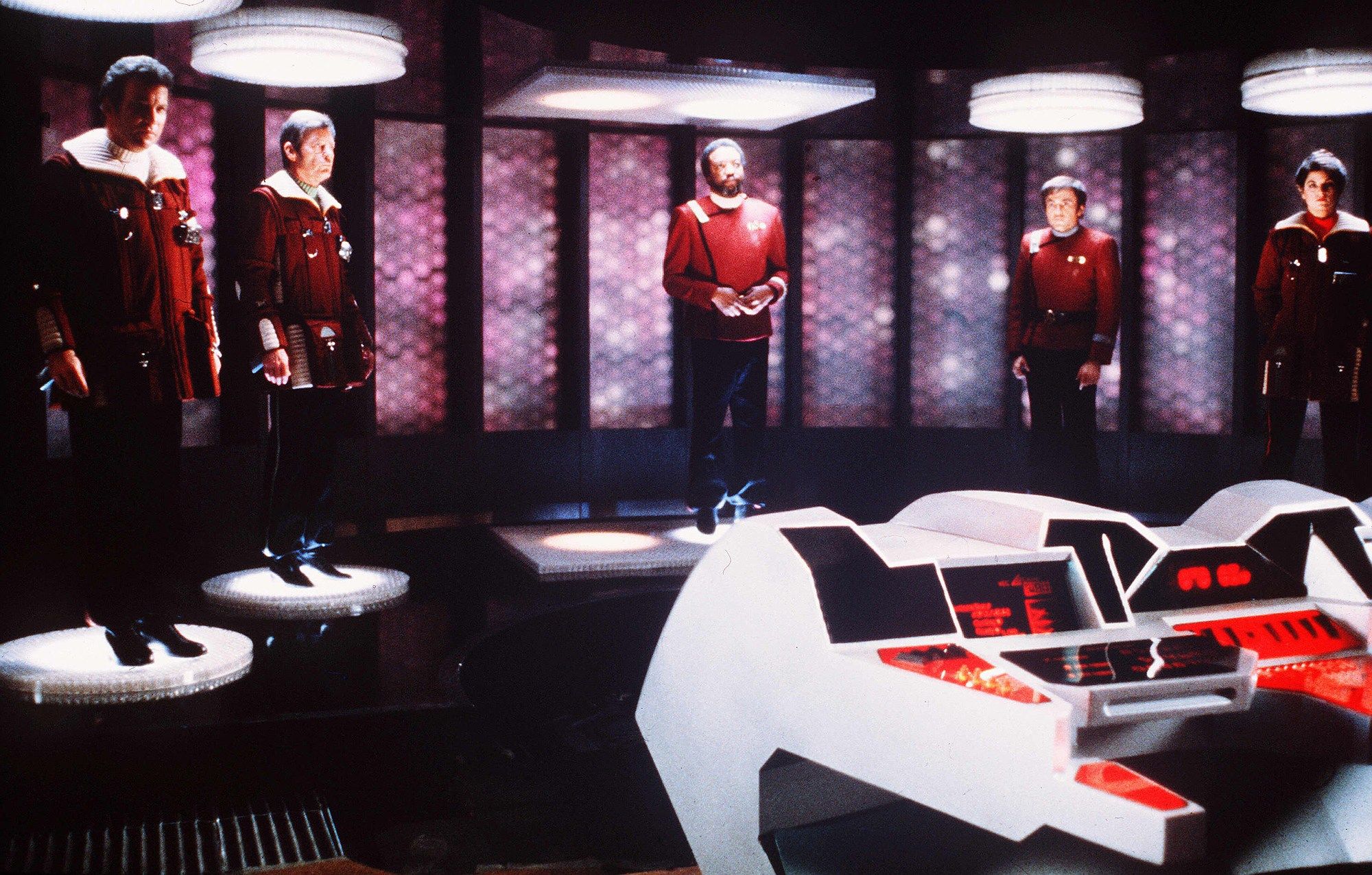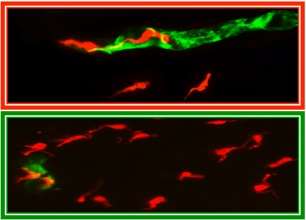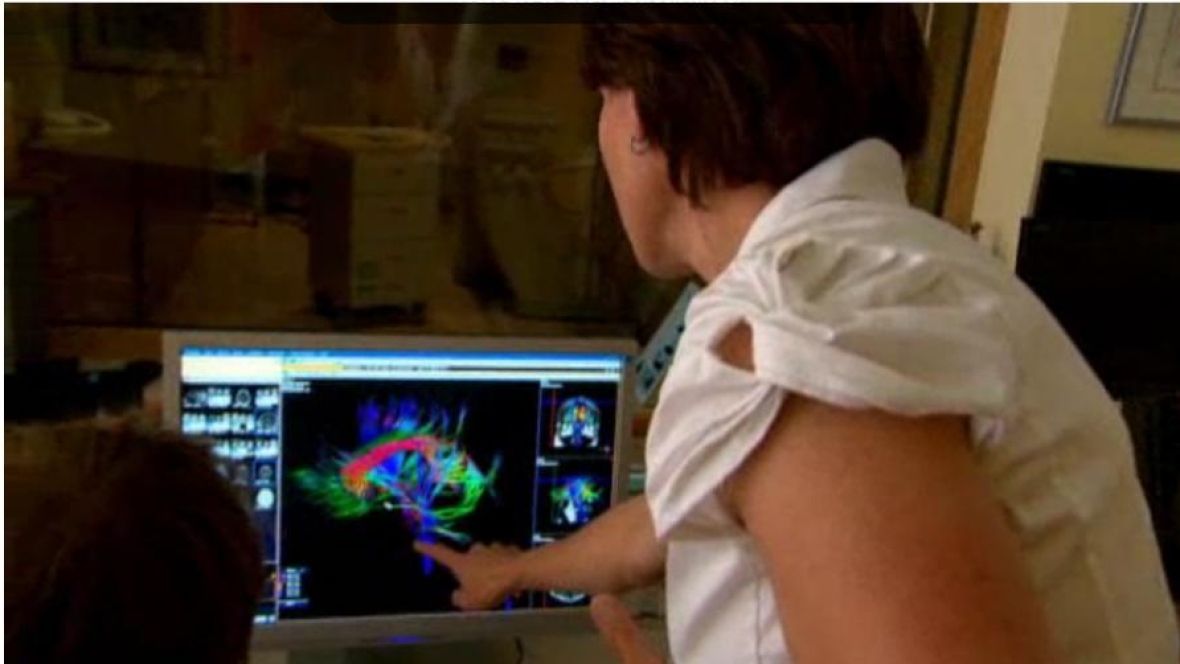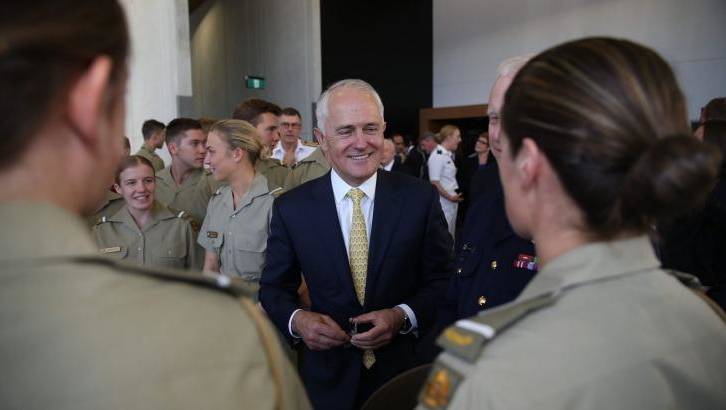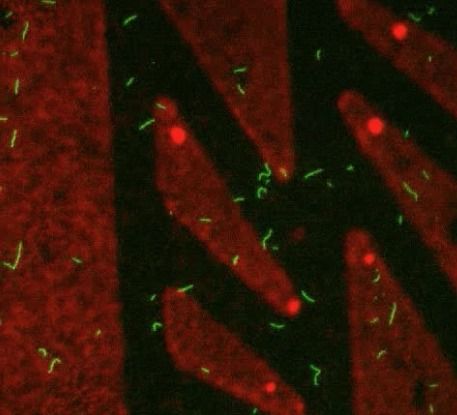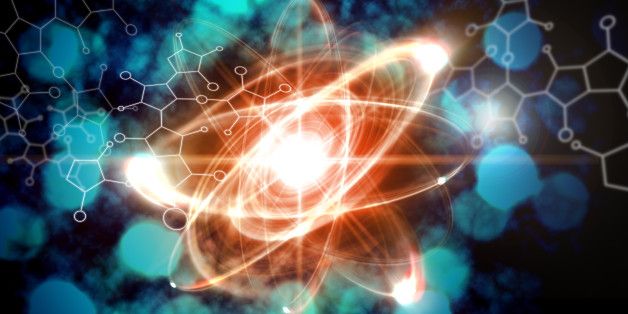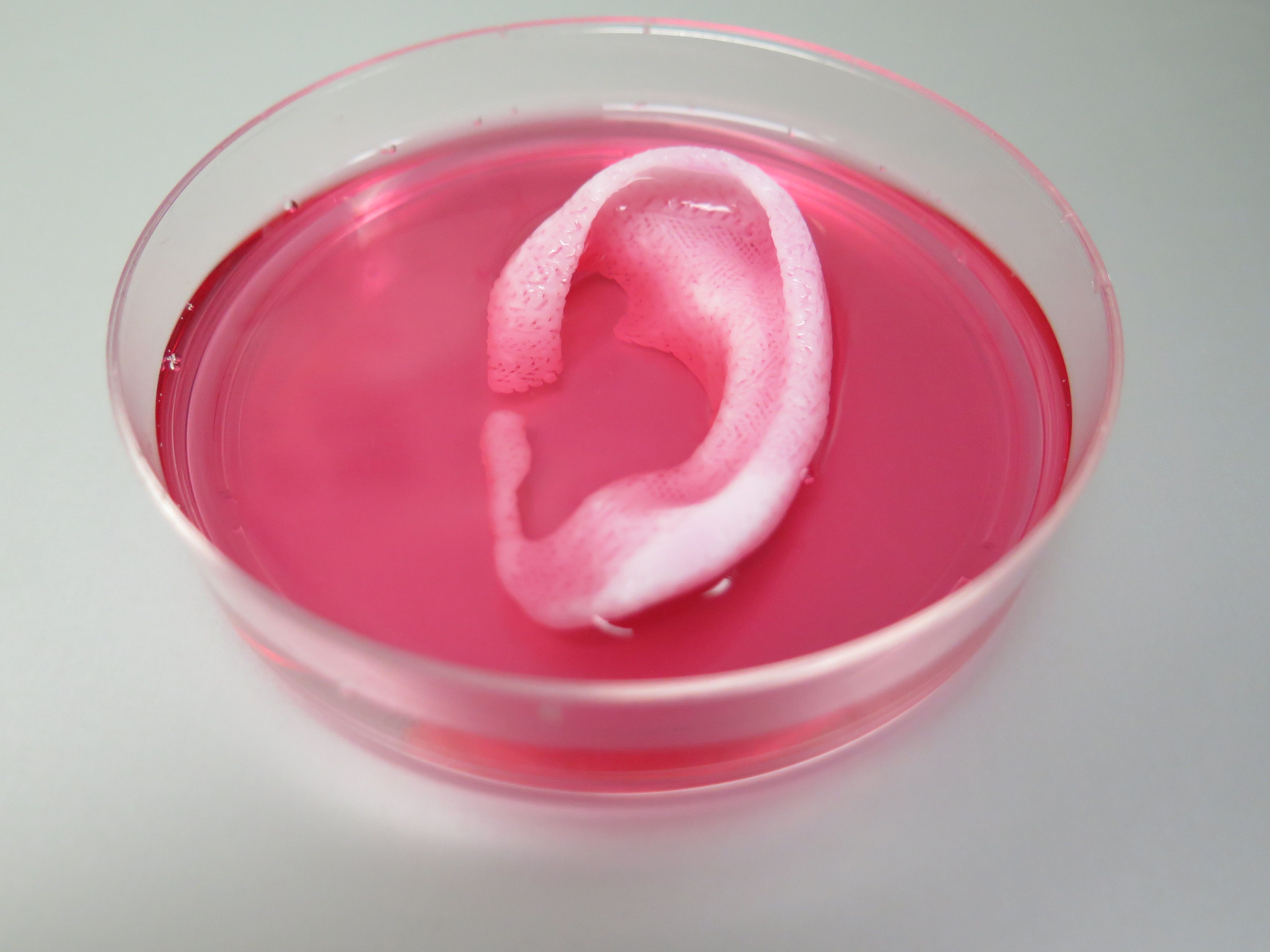Feb 25, 2016
Mercedes is ditching some robots in favor of human staff
Posted by Karen Hurst in categories: robotics/AI, transportation
No Robots Please says Mercedes; at least for their manufacturing teams that does specialized/ custom work.
Our dystopian all-robot future just got hit with a minor setback: Mercedes-Benz is ditching some of its robot workers in favor of humans, citing the human ability to move faster and perform a wider array of tasks. The reason largely revolves around Mercedes’ increased array of customization options — there are so many different individualization options at the moment that robots aren’t able to deal with them all. Humans, the auto maker says, are saving the company money.
Mercedes’ individualization options include things like various tire valve caps, trim, and cupholders, small but significant aspects of the vehicles that robots aren’t easily able to switch between. According to Daimler AG’s Markus Schaefer, “The variety is too much to take on for the machines. They can’t work with all the different options and keep pace with changes.”
Continue reading “Mercedes is ditching some robots in favor of human staff” »

